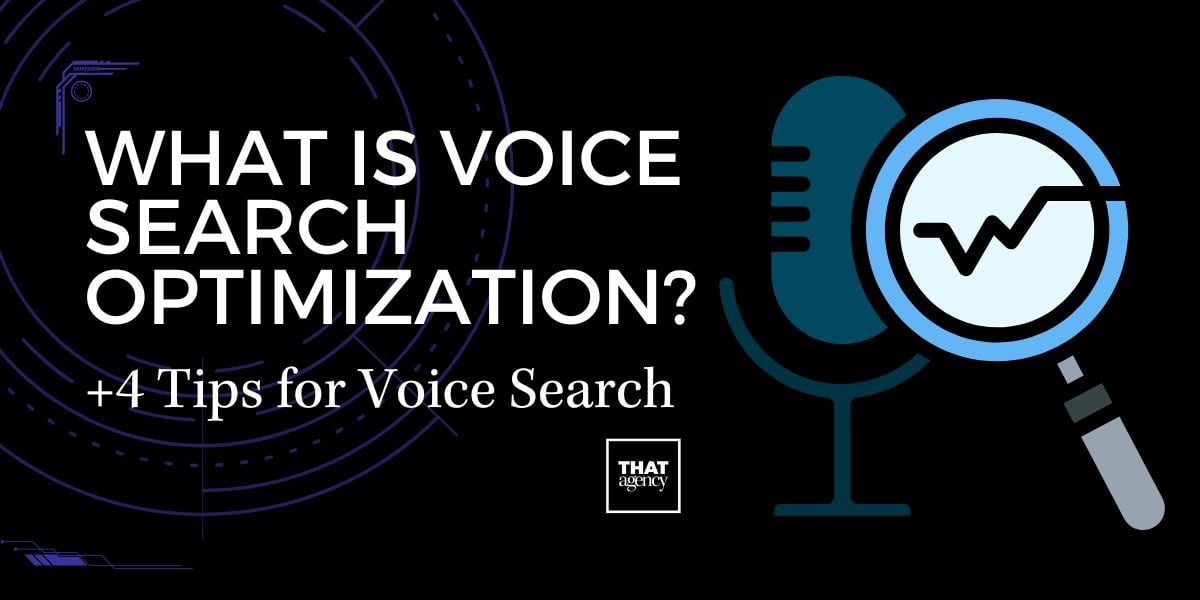Shaping your content calendar for 2022 can be challenging, as can addressing new technology for the upcoming year. Among the technologies to consider that could shape your content in 2022 is voice search.
An Emarketer survey found that a third of the U.S. population is using voice to conduct searches, and as that number continues to increase, incorporating voice-based searches into everything you do will absolutely be a must. How do you begin to address the needs of voice search, though, with your content?
This quick guide can help.

Understanding Voice Search
Believe it or not, you don’t typically type the way you speak, and that helps shape the why behind the voice search changes that you’ll need to make. When you type, you do so using language shortcuts. While you might ask “What will the weather be today?” if you were conducting the same search using a keyboard, you might just type “weather today.”
As a result, the sites that pop up first will be those optimized for those terms while the sites a voice search nets will be quite different. Using content, then, that utilizes natural phrases is a must.
Search engines are now interpreting and responding to content that meets those natural phrasing requirements, but also content that is a natural follow-up to the next possible question. Search engines are also beginning to look at locations as part of voice search as well as context about where you are and what you might be searching for.
For example, you might ask the voice search how close a pizza place is to the San Jose Convention Center, then follow that up with a question about the menu for the closest place, then follow that up with an order.
Making the Necessary Changes
Understanding the why behind those changes, though, isn’t going to make them any easier when it comes to reshaping your content, so what should you actually do to make your content a bit friendlier for voice-based searches?
Start by putting the needs of your customers first. Voice searches use data, location, and a number of other points to learn more about the context, so you’ll need that information as well.
Use real-time data and research about your customers to learn more about the when and where that’s behind voice search for your customers. More than that, know what kinds of devices your customers are using. Google Home? Amazon Echo? Siri?
Knowing that data can be essential to shaping your voice search plan. Additionally, you’ll want to think about your users’ most common questions and their own struggles as you craft content.
Your new strategy should be to build content that creates detailed answers to questions or concerns you hear from customers all of the time as well as content that answers questions as clearly and concisely as possible.
Once you know what’s being used, begin thinking about keywords, just like you did when you originally optimized your site. This time, though, think about long-tail keywords customers might use within their natural phrasing.
While “organizational apps” may have been the keyword phrase you’ve been focused on for years, now you’ll want to focus on something like “organizational apps to help small businesses.” Those keywords don’t need to be stuffed into your content, but they do need to be as present as possible.
Perhaps you begin using headlines that incorporate them in the form of questions. Maybe you create quick snippets that are easily digestible to voice searches so your potential customers can get the fast answer they need.
The next step in the process should be adding schema markup. It’s an HTML add-on that means you send a signal to search engines with regard to what’s really happening on your pages.
It’s also referred to as structured data, and while it won’t directly affect your rankings, it’s going to really help behind the scenes. It tells the search engine what your data means, and it’s fairly easy to implement. Just start with Google’s Structured Data Markup Helper to get started.
From there, the next step is a natural one. Begin adding pages that answer your most common FAQs to your site and blog. Think about how people ask questions. Usually, they begin with big ideas like “Who” or “What.” In every case, though, they’re looking for one of two things - the quick answer and the long answer. Your content will do well if it can answer both.
The quick answer should be part of your snippet. The longer answer should be below that. Don’t forget, though, that depending on your product or services, you may need to factor in the local aspect of your searches. For example, voice search really needs to focus on local content if you’re a pizza place on 5th avenue.
If you’re an app developer with national appeal, though, it may not need to be as locally focused. If you do need to go local, offer things like “near me” content including physical addresses, phone numbers, and even curbside service options.
If you’re ready to do more with voice search content in 2022, we can help shift your focus and develop a content calendar that meets the needs of your customers. Learn more when you contact us today.




.jpg)